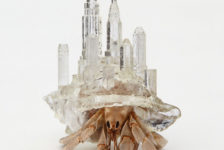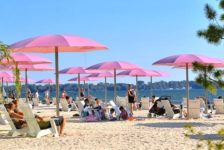An Exclusive review of Yanweizhou Park by Turenscape, in Jinhua City, Zhejiang Province, China. In the Chinese culture, water is one of the five elements – the other four being metal, wood, fire, and earth – but water is one that is held especially close. One theory is that due to China’s mountainous topography, Chinese cities were built in the valleys close to the many rivers that flow through the land. For this reason, the Chinese people came to view the rivers as the heart and lifeblood of their culture. So, it comes as no surprise that the latest Turenscape project, Yanweizhou Park, is built around not one, but three rivers.

Yanweizhou Park, before and after pictures. Credit: Turenscape
Location of Yanweizhou Park
Yanweizhou Park is located in Jinhua City where the Yiwu River, Wuyi River and Wujiang River converge. At more than 250,000 square meters and carrying a price tag of more than RMB 300m, this a truly a magnificent addition to both the social and ecological Chinese landscape.

Pavilion at Yanweizhou Park. Credit: Turenscape
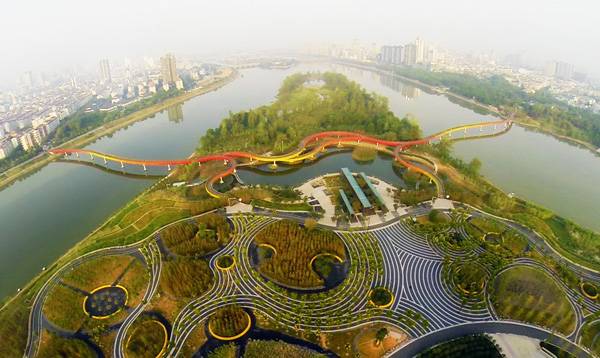
Yanweizhou Park, birdseye view. Credit: Turenscape
What Professor Yu Kongjian has to say about Yanweizhou Park
“My mother river, the Baishaxi Stream (a major tributary of the Wujiang River), is not a simple stream but an ecological infrastructure. It provides essential supplies, it carries of lives, culture, aesthetics, and enlightenments for people throughout the watershed. It is a social infrastructure, an experienced network, and a carrier for the endless memoires. All of these have inspired me the solution to rehabilitate her: Rebuilding society, as rebuilding ecology, should start with the rehabilitation and construction of these essential ecological infrastructures,” he wrote for Turenscape shortly after completion of the park.
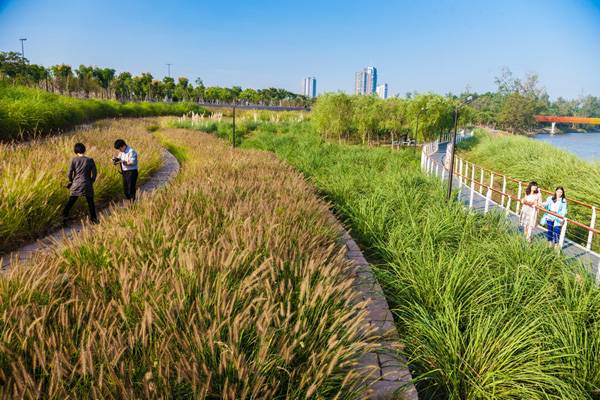
Terrace at Yanweizhou Park. Credit: Turenscape
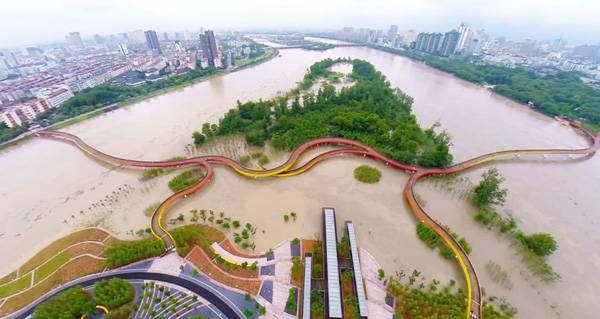
Yanweizhou Park. Credit: Turenscape
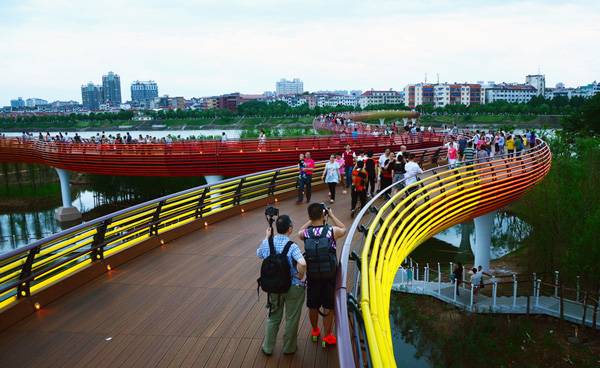
“40,000 visitors each day”. Credit: Turenscape
- Turenscape Design Outstanding River Park
- Shipyard Site Transforms into Stunning Ecological Park
- Fantastic River Park Unveils the Value of the Natural Landscape

Terrace at Yanweizhou Park. Credit: Turenscape
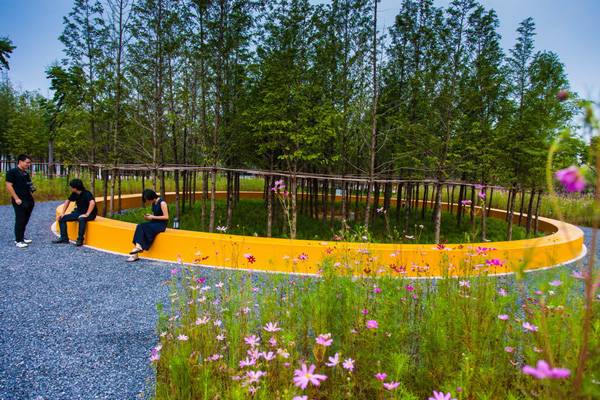
Seating at Yanweizhou Park. Credit: Turenscape
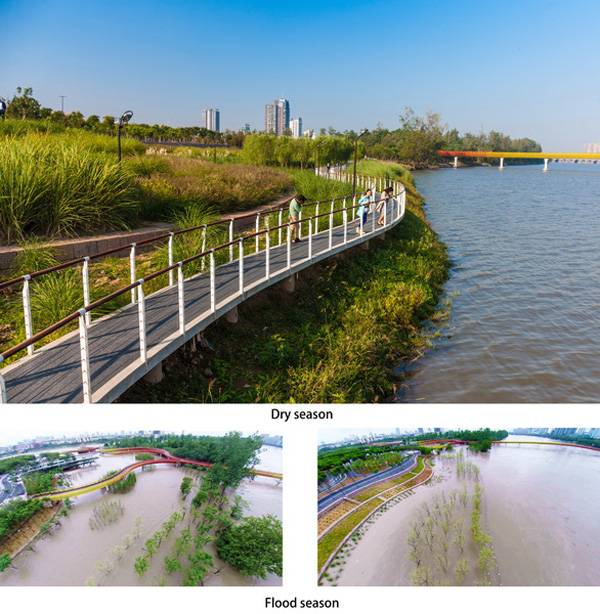
Seasonal flooding at Yanweizhou Park. Credit: Turenscape
- Urban Design by Alex Krieger
- Digital Drawing for Landscape Architecture by Bradley Cantrell
Article by Erin Tharp Return to Homepage
Published in Blog


